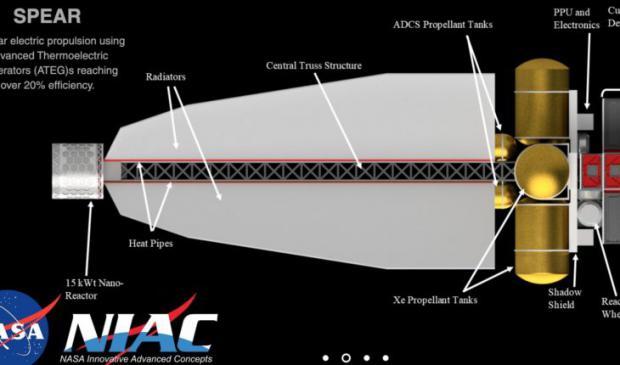
Breaking News
 Elon Tells Rogan the Real Reason Democrats are Prolonging the Government Shutdown [WATCH]
Elon Tells Rogan the Real Reason Democrats are Prolonging the Government Shutdown [WATCH]
 Newsom: Trump Is Trying to Rig the Election -- He Knows GOP Will Lose
Newsom: Trump Is Trying to Rig the Election -- He Knows GOP Will Lose
 There is zero justification for the Department of Justice's silence while the most serious...
There is zero justification for the Department of Justice's silence while the most serious...
 Gabbard Says Trump Has Ended America's Era Of 'Regime Change'
Gabbard Says Trump Has Ended America's Era Of 'Regime Change'
Top Tech News
 The 6 Best LLM Tools To Run Models Locally
The 6 Best LLM Tools To Run Models Locally
 Testing My First Sodium-Ion Solar Battery
Testing My First Sodium-Ion Solar Battery
 A man once paralyzed from the waist down now stands on his own, not with machines or wires,...
A man once paralyzed from the waist down now stands on his own, not with machines or wires,...
 Review: Thumb-sized thermal camera turns your phone into a smart tool
Review: Thumb-sized thermal camera turns your phone into a smart tool
 Army To Bring Nuclear Microreactors To Its Bases By 2028
Army To Bring Nuclear Microreactors To Its Bases By 2028
 Nissan Says It's On Track For Solid-State Batteries That Double EV Range By 2028
Nissan Says It's On Track For Solid-State Batteries That Double EV Range By 2028
 Carbon based computers that run on iron
Carbon based computers that run on iron
 Russia flies strategic cruise missile propelled by a nuclear engine
Russia flies strategic cruise missile propelled by a nuclear engine
 100% Free AC & Heat from SOLAR! Airspool Mini Split AC from Santan Solar | Unboxing & Install
100% Free AC & Heat from SOLAR! Airspool Mini Split AC from Santan Solar | Unboxing & Install
 Engineers Discovered the Spectacular Secret to Making 17x Stronger Cement
Engineers Discovered the Spectacular Secret to Making 17x Stronger Cement
Lightweight Nuclear Electric Space Propulsion With Ten Times the Power

This will subsequently require a reduction in operating temperatures and reduce the total power levels achievable by the core. However, the reduced mass will require reduced power for propulsion, resulting in a small, inexpensive nuclear electric spacecraft.
The ATEG system they previously proposed would have 15,000 watts of thermal energy about 3000 watts of electrical energy. The best RTG that NASA has flown was about 300 watts. GPHS-RTG or General Purpose Heat Source — Radioisotope Thermoelectric Generator, was used on Ulysses, Galileo, Cassini-Huygens, and New Horizons missions. The GPHS-RTG has an overall diameter of 0.422 m and a length of 1.14 m. Each GPHS-RTG has a mass of about 57 kg and generates about 300 Watts of electrical power at the start of mission (5.2 We/kg), using about 7.8 kg of Pu-238 which produces about 4,400 Watts of thermal power.



